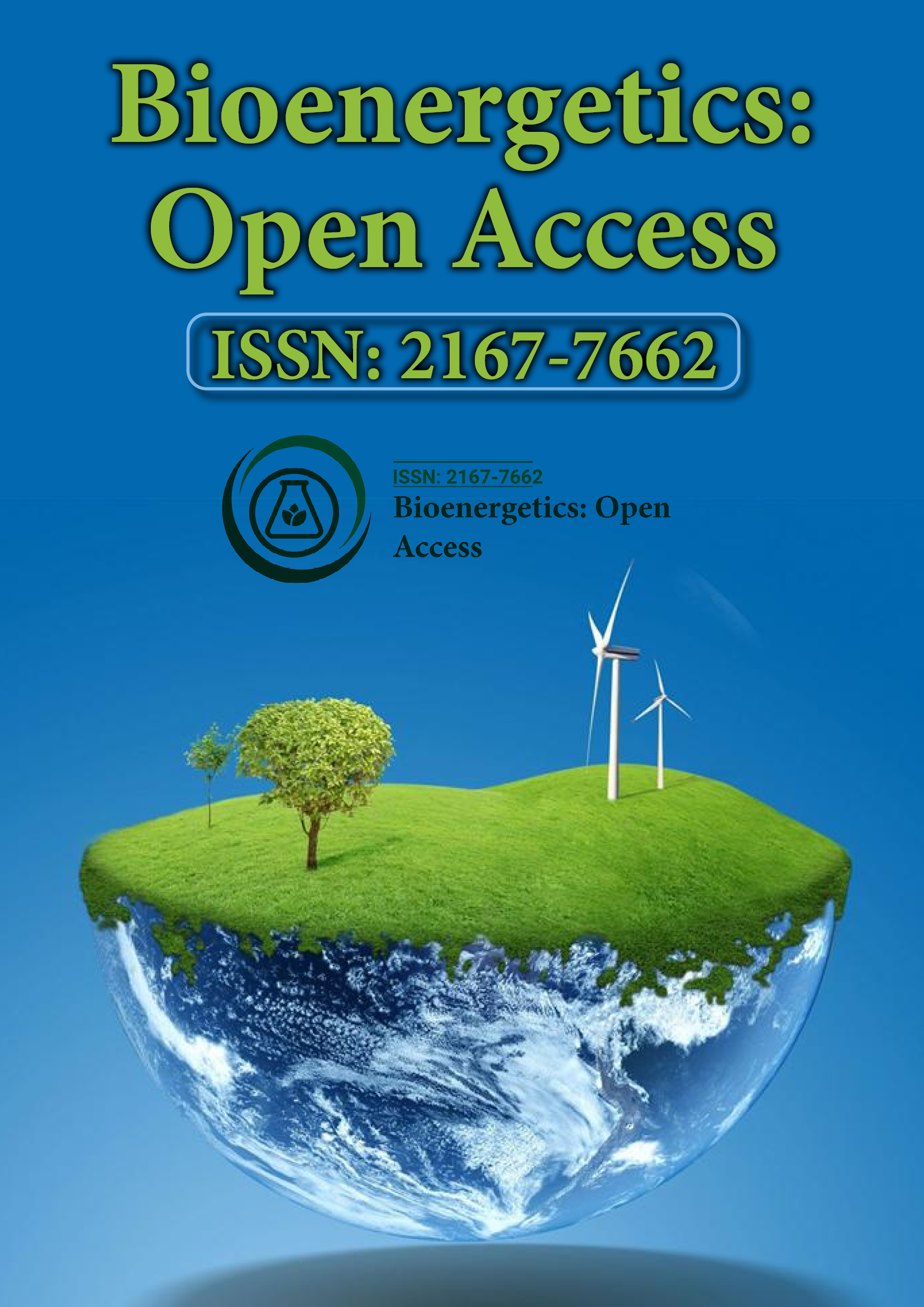Indexed In
- Open J Gate
- Genamics JournalSeek
- Academic Keys
- ResearchBible
- RefSeek
- Directory of Research Journal Indexing (DRJI)
- Hamdard University
- EBSCO A-Z
- OCLC- WorldCat
- Scholarsteer
- Publons
- Euro Pub
- Google Scholar
Useful Links
Share This Page
Journal Flyer

Open Access Journals
- Agri and Aquaculture
- Biochemistry
- Bioinformatics & Systems Biology
- Business & Management
- Chemistry
- Clinical Sciences
- Engineering
- Food & Nutrition
- General Science
- Genetics & Molecular Biology
- Immunology & Microbiology
- Medical Sciences
- Neuroscience & Psychology
- Nursing & Health Care
- Pharmaceutical Sciences
Commentary - (2023) Volume 11, Issue 5
Significant Role of Microbial Respiration in Nutrient Cycling
Grantz Guilin*Received: 18-Aug-2023, Manuscript No. BEG-23-23295; Editor assigned: 21-Aug-2023, Pre QC No. BEG-23-23295 (PQ); Reviewed: 06-Sep-2023, QC No. BEG-23-23295; Revised: 13-Sep-2023, Manuscript No. BEG-23-23295 (R); Published: 21-Sep-2023, DOI: 10.35248/2167-7662.23.11.236
Description
Microbial respiration is a fundamental process in the world of microorganisms, allowing them to generate energy from various organic and inorganic compounds. While all living organisms require energy to survive, microbes exhibit remarkable diversity in their metabolic pathways. Two primary modes of microbial respiration are aerobic and anaerobic respiration. In this article, we will delve into the concept of these two respiration processes, their differences, and their significance in various ecosystems.
Aerobic respiration
Aerobic respiration is the most well-known form of microbial respiration and is commonly associated with higher organisms like humans. It occurs in the presence of oxygen and involves a series of complex biochemical reactions within the cell's mitochondria. Here's how it works:
Glycolysis: The process starts with glycolysis, where a glucose molecule is broken down into two molecules of pyruvate, generating a small amount of ATP (adenosine triphosphate) and NADH (nicotinamide adenine dinucleotide).
Krebs cycle (Citric acid cycle): Pyruvate is then transported into the mitochondria, where it enters the Krebs cycle. In this cycle, carbon compounds are oxidized, releasing carbon dioxide and producing more ATP and reducing agents like NADH and FADH2.
Electron Transport Chain (ETC): The NADH and FADH2 generated in previous steps are used in the electron transport chain to produce a large amount of ATP. Oxygen acts as the final electron acceptor, forming water as a byproduct.
Aerobic respiration is highly efficient, yielding up to 38 ATP molecules per glucose molecule. This makes it the preferred mode of respiration when oxygen is readily available. Organisms such as humans, most animals, and many microbes use this method to extract energy from their surroundings.
Anaerobic respiration
In contrast to aerobic respiration, anaerobic respiration occurs in the absence of oxygen. This process is critical for microorganisms that thrive in oxygen-depleted environments, such as deep-sea hydrothermal vents, swamps, and the human digestive tract. Anaerobic respiration can use alternative electron acceptors in place of oxygen, such as nitrate (NO3-), sulfate (SO42-), or carbon dioxide (CO2).
Here's a simplified overview of anaerobic respiration:
• Similar to aerobic respiration, glycolysis initiates the breakdown of glucose, producing pyruvate, ATP, and NADH.
• Instead of oxygen, anaerobes utilize different terminal electron acceptors, depending on the environment. For instance, some bacteria reduce nitrate to nitrite or sulfate to hydrogen sulfide.
• Anaerobic respiration is generally less efficient than aerobic respiration, yielding fewer ATP molecules per glucose molecule due to the use of alternative electron acceptors.
Significance in microbial ecology
The diversity of microbial respiration processes plays a vital role in shaping ecosystems. Anaerobic microorganisms, for instance, participate in nutrient cycling, breaking down complex organic matter in environments where oxygen is scarce. Methanogenic archaea, for example, are anaerobic microorganisms responsible for methane production in wetlands and the digestive tracts of certain animals.
In contrast, aerobic microorganisms are essential for decomposing organic matter in oxygen-rich environments, contributing to soil fertility and the breakdown of pollutants. They also play a pivotal role in wastewater treatment and bioremediation.
Aerobic and anaerobic microbial respiration are two distinct metabolic pathways that microorganisms use to extract energy from various compounds. While aerobic respiration is highly efficient and widespread in oxygen-rich environments, anaerobic respiration is crucial for microorganisms inhabiting oxygen-depleted niches. Understanding these processes not only provides insights into microbial ecology but also offers valuable applications in biotechnology, environmental science, and medicine. The intricate dance of microbes and their respiration methods continue to be a subject of fascination for researchers exploring the unseen world of microorganisms.
Citation: Guilin G (2023) Significant Role of Microbial Respiration in Nutrient Cycling. J Bio Energetics. 11:236.
Copyright: © 2023 Guilin G. This is an open-access article distributed under the terms of the Creative Commons Attribution License, which permits unrestricted use, distribution, and reproduction in any medium, provided the original author and source are credited.
